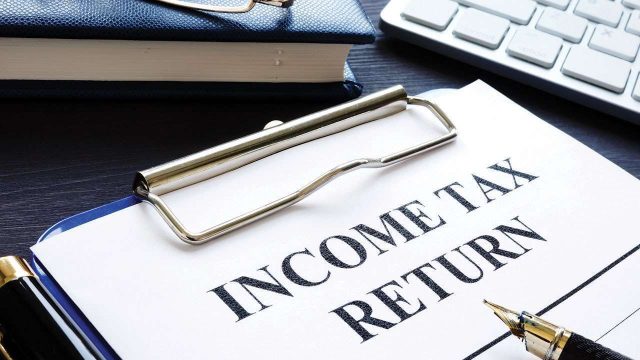The File Now, Pay Later feature of the Income Tax Department allows taxpayers a breather before submitting their due taxes. Individuals can file the ITR without making the payment.
The Income Tax Department’s File Now, Pay Later option has been utilised by many taxpayers to file their income tax return (ITR) with the due date. The feature allows taxpayers to file their ITR by the stipulated deadline and pay any pending liabilities later. The deadline to file ITR for the financial year 2022-23 was July 31, 2023.
The File Now, Pay Later option for ITR filing, comes with certain riders. Here are a few important factors you should know about the File Now, Pay Later initiative.
Read More: ITR: What is the income tax audit report? What is the deadline to submit it?
What is the File Now, Pay Later feature?
Earlier, the income tax return could be filed only after the pending dues were paid. With the File Now, Pay Later option, taxpayers can submit their ITR and pay their dues within 30 days.
How does the File Now, Pay Later scheme work?
The scheme can be opted for self-assessment return filing only. It can be used for advance tax or TDS payments.
Read More: Income Tax Notice From IT Dept! When Will You Receive It? Know Types & Other Details
Here is the step-by-step process to use the scheme:
Step 1: Visit the Income Tax Department’s e-filing website at incometax.gov.in/iec/foportal.
Step 2: Login using your PAN/Aadhaar number and password and select the ‘e-filing’ option.
Step 3: Start the process to file your ITR.
Step 4: Once you are at the stage of paying any due taxes, you will get a summary of what you need to pay.
Step 5: There will be two options on the page- Pay Later’ or ‘Pay Now’. Select ‘Pay Later’ to file your ITR without paying your dues.
Step 6: Submit your tax return and verify it.
Read More: Income Tax Refund: Govt Planning To Reduce Average Time From 16 Days To 10 Days, Says Report
A notice will be sent to the taxpayer with the calculated dues. The assessee will have 30 days to pay the income tax dues without any penal interest being charged. If the liabilities are paid after the 30-day deadline, then penal interest will be levied. The taxpayer can submit the due levies either after receiving a notice or using the e-pay tax method before the notice is issued.
If you opt for the Pay Later feature, there is a risk of being considered as a taxpayer in default. If the payment is not made on time, the liability to pay interest on tax payable may arise.
The File Now, Pay Later feature can be useful if one is facing a shortage of money and wants to submit their tax return on time. But, taxpayers must be aware of the deadlines and ensure that they complete the process within the stipulated time frame to avoid any penalties.





































